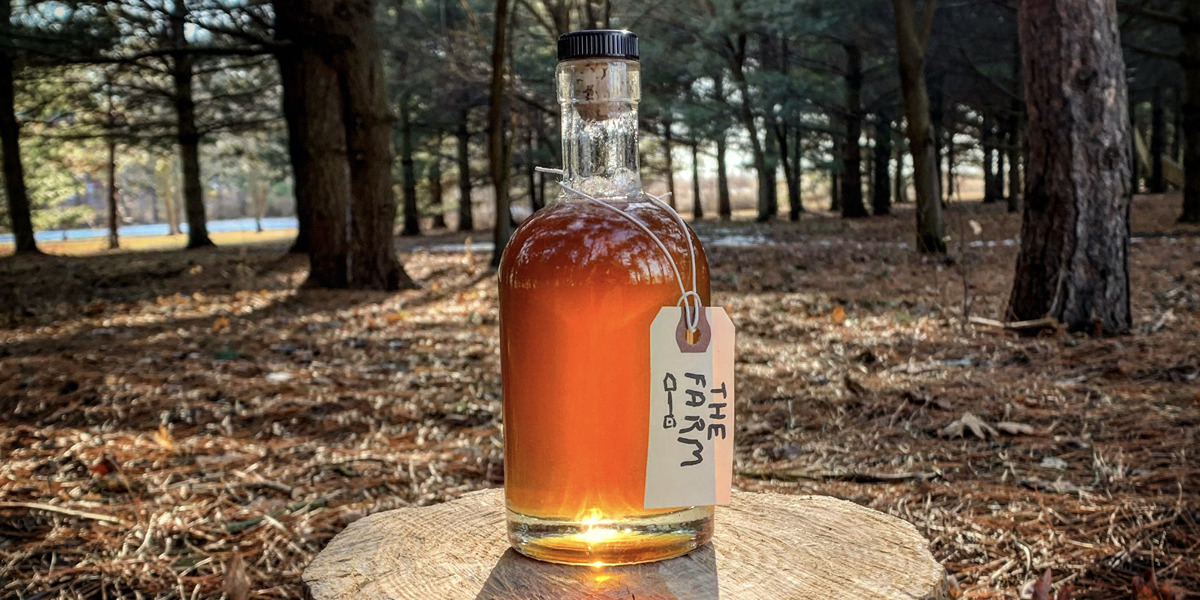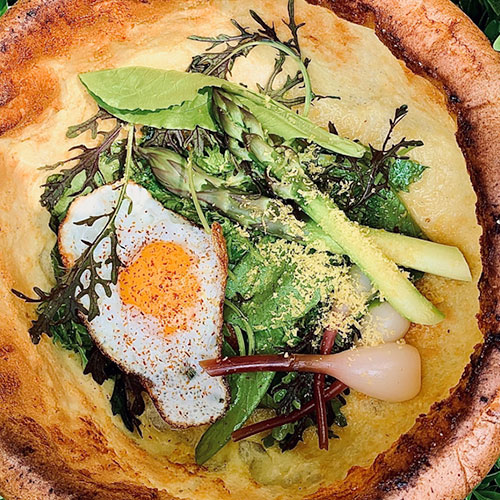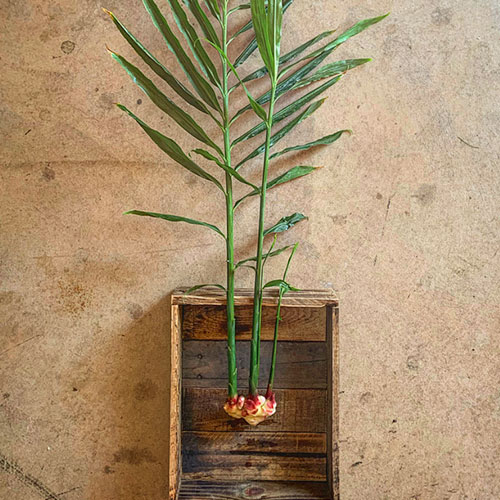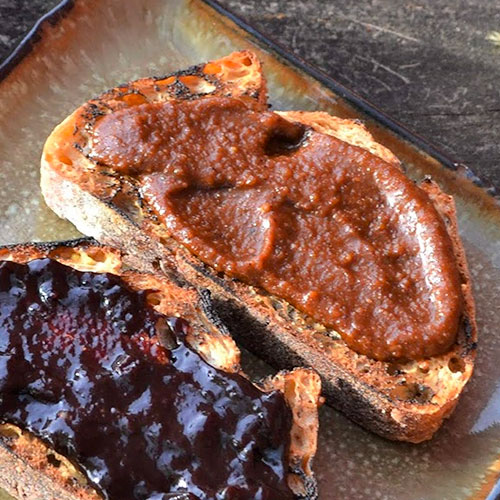I saw the grass today. It was brown and matted, like a dog coming out of a muddy creek. The frost is still lingering for too long in the morning, but the sun is hanging a little bit higher each day, promising warmer days ahead. Nights are still cold, freezing puddles of meltwater that might cycle between liquid and solid for weeks.
This is maple sugaring weather. That freezing and thawing cycle sends nutrient-rich sap flowing up from roots to branches, where it will soon feed spring growth.
Our season starts with a freezing night followed by a warm, sunny day. We already have all the tools we need to harvest nature’s sweetness. We drill small holes in our maples and insert our metal taps, nudging them just two or three inches into the trees at slight downward angles. We tap the trees’ sunniest, most exposed faces, which yield more sap. Then we attach clear plastic tubing, which feeds the sap into five-gallon plastic buckets through small holes in the lids, excluding bugs and debris.





